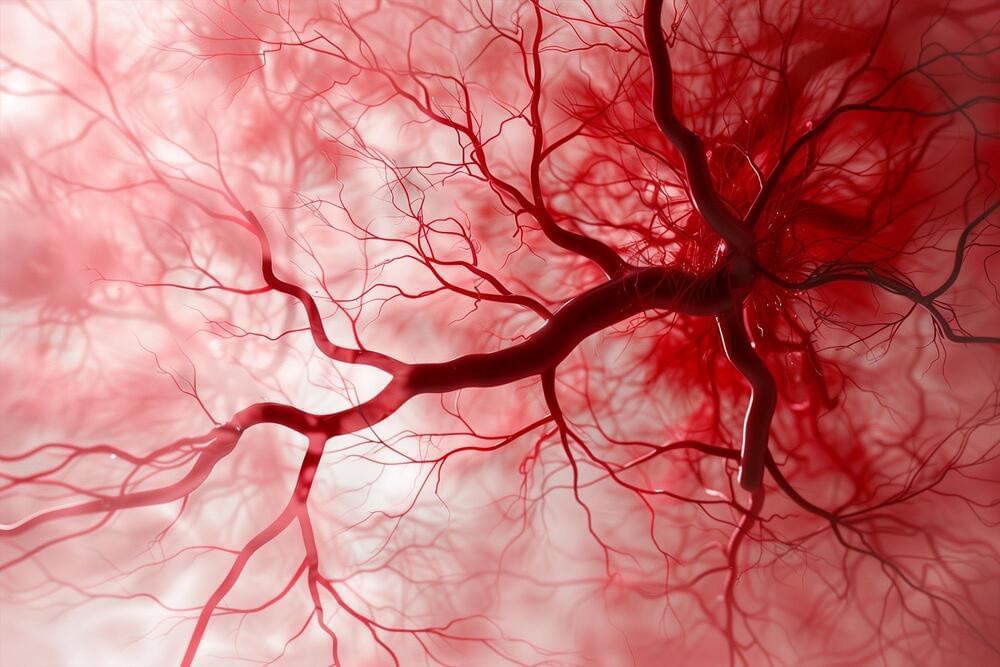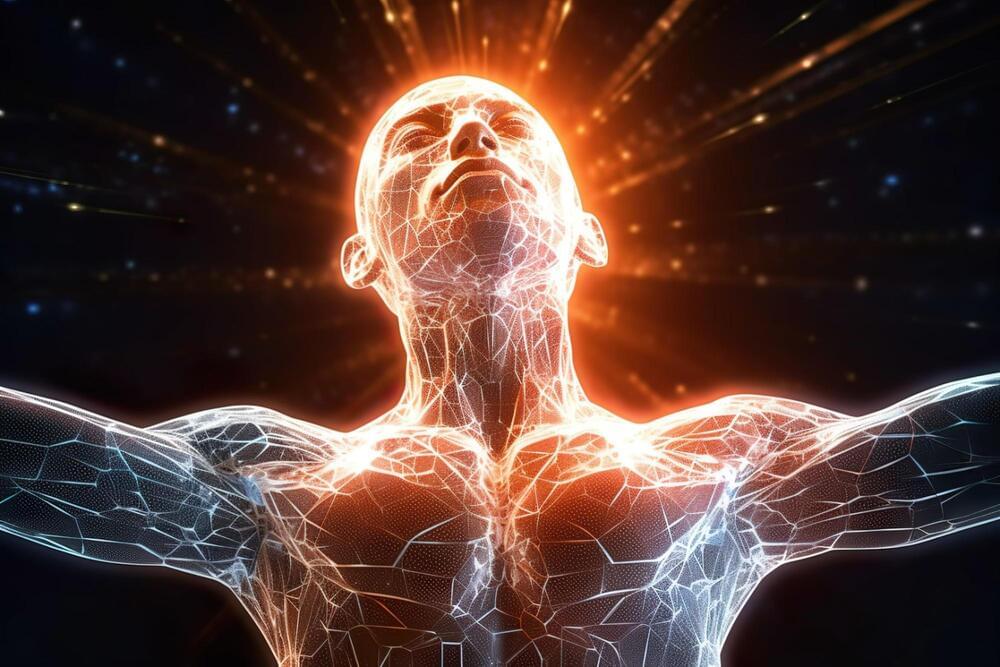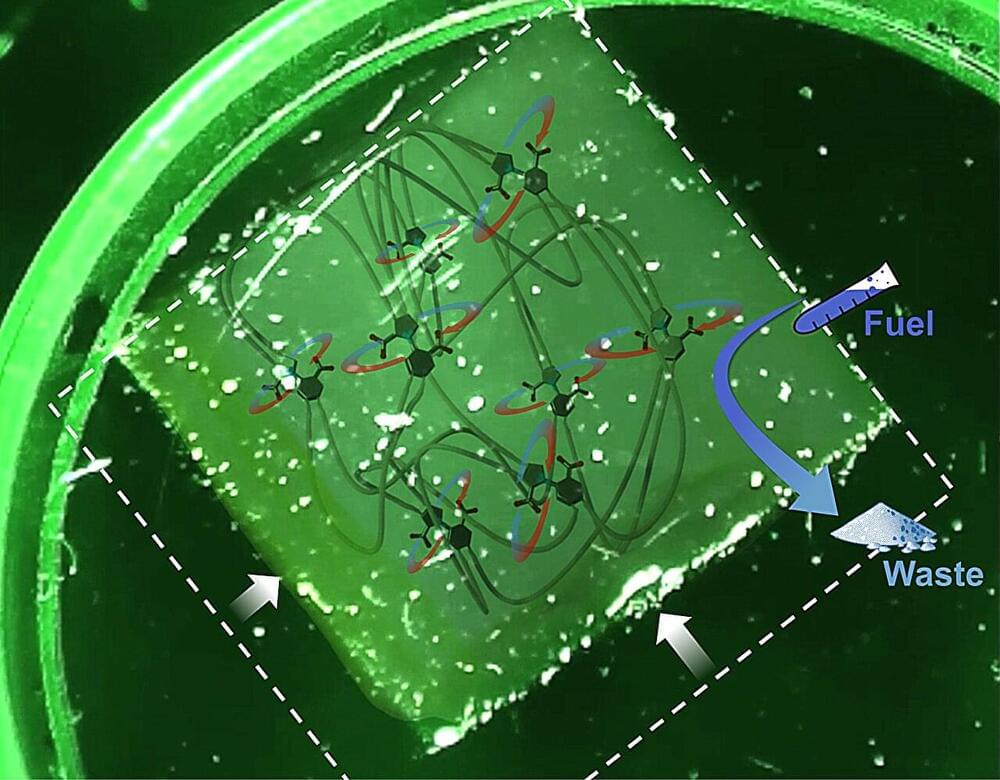The new structure would allow for most of ByteDance’s existing investors to retain their equity stakes and would bring more video to Perplexity, according to a source familiar with the situation.
More human than human.
Blade runner — original soundtrack score.
Vangelis.
Scientists suggest paraparticles, a quasiparticle class, potentially redefining physics by challenging the fermion and boson classification.
A rare-earth barium copper oxide (REBCO) is now being used by an Oxfordshire-based company for its superconducting properties in the hope it will make nuclear fusion a practical reality.
A new USC-led study has found that mild cognitive impairment is associated with blood vessel dysfunction in the brain’s temporal lobes, the region responsible for memory.
This vascular issue was observed in individuals both with and without amyloid buildup in the brain, indicating that microvascular dysfunction could serve as an early biomarker for dementia and a potential target for treatment.
The study, conducted by researchers from several universities, was published in the journal Neurology.
Researchers argue the cryptocurrency’s open-source framework will enable it to adapt with quantum-resistant solutions.
A new meta-analysis reveals that combining electrical muscle stimulation with resistance training leads to increased strength and muscle mass.
If building strength and muscle mass is part of your New Year’s resolution, you might consider adding a new element to your workout routine.
Neuromuscular electrical stimulation (NMES), also known as electrical muscle stimulation, uses electrical currents to trigger muscle contractions. According to Sudip Bajpeyi, Ph.D., a professor in the Department of Kinesiology at The University of Texas at El Paso, these stimulation devices are user-friendly and widely available. However, he has often wondered, “Can these stimulators offer any benefits when used during resistance training? What does the research say?”
Scientists have built an artificial motor capable of mimicking the natural mechanisms that power life. Just like the proteins in our muscles, which convert chemical energy into power to allow us to perform daily tasks, these tiny rotary motors use chemical energy to generate force, store energy, and perform tasks in a similar way.
The finding, from The University of Manchester and the University of Strasbourg and published in the journal Nature, provides new insights into the fundamental processes that drive life at the molecular level and could open doors for applications in medicine, energy storage, and nanotechnology.
“Biology uses chemically powered molecular machines for every biological process, such as transporting chemicals around the cell, information processing or reproduction. By replicating nature at the nanoscale level, we can design entirely new materials with highly specific functions that don’t exist in the natural world. Building this outside of nature also gives us greater simplicity and control over its functions and uses,” said Professor David Leigh, lead researcher from The University of Manchester.
If Earth’s life survives the Anthropocene, it will eventually face another existential threat from space.
As the Sun brightens with age, it will inevitably interfere with our planet’s finicky carbon cycle, triggering a depletion of atmospheric carbon dioxide to the point where plants will starve.
Luckily, this won’t happen until at least 1.6 billion years from now, suggests new research from University of Chicago geophysicist RJ Graham and colleagues. That potentially doubles the projected lifespan of Earth’s plants and animals.









